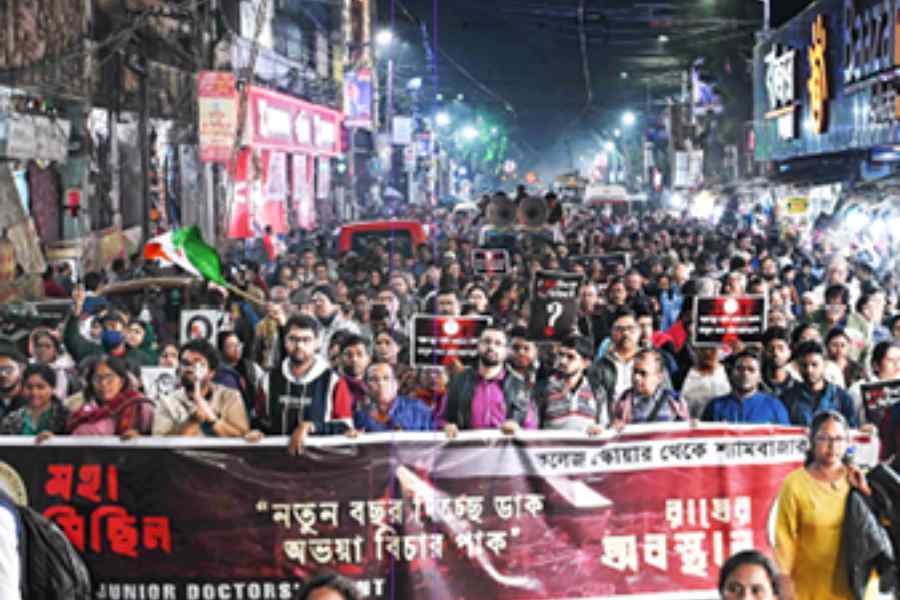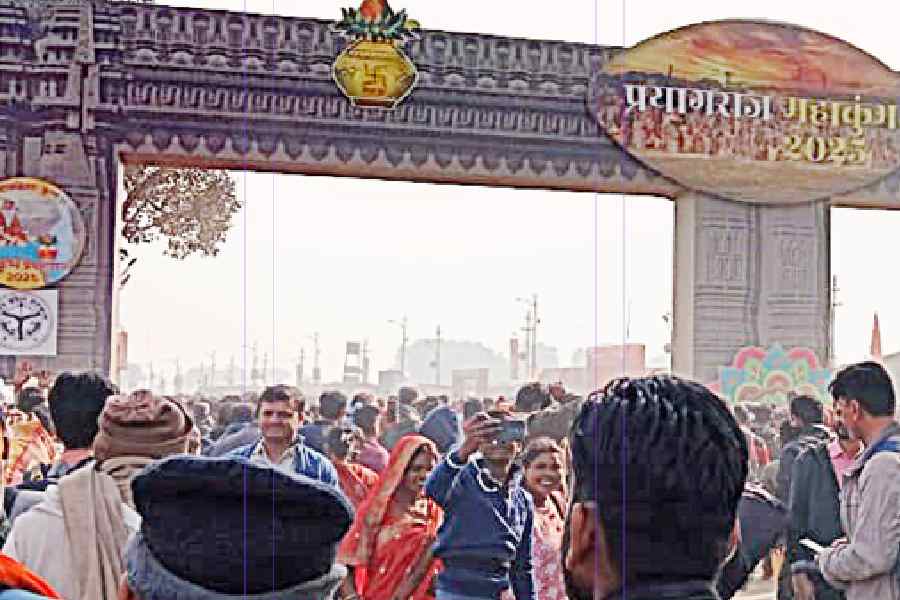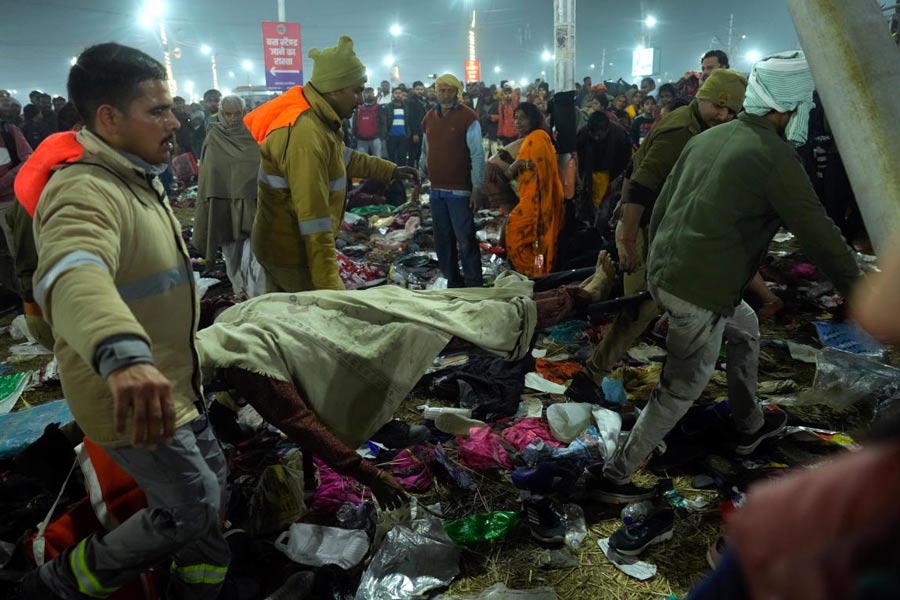Chinese troops had shown “brazen” aggression for months in the Tawang sector before the December 9 incursion bid and triggered several “faceoffs”, forcing Indian soldiers to regularly use loudspeakers, banners and placards to ask them to stay away, sources in the security establishment said.
“Over the past few months, Chinese troops have been showing brazen military assertiveness along the Line of Actual Control in the eastern sector. They have been coming increasingly deeper into our territory with the aim of staking claim to disputed areas,” an official from the Indo-Tibetan Border Police’s (ITBP) intelligence wing said.
He said the Chinese transgressions had led to several “faceoffs” — that is, face-to-face encounters with Indian troops — before the intruders turned back.
“Indian troops have been conducting banner drills (waving banners and placards at the Chinese troops) and using loudspeakers through the daytime, sending messages across in English and Mandarin asking them to stay away from India-claimed territories.”
The ITBP is the first line of defence along the 3,488km India-China border, of which 1,346km falls in the eastern sector.
A defence ministry official, who confirmed the ITBP official’s account, said the Indian banners, placards and loudspeakers conveyed the following message in English and Mandarin: “Please go back, you are in Indian territory.”
The latest physical clash between the two countries’ troops on December 9 — at 17,000 feet in Yangtze, 35km northeast of Tawang in western Arunachal Pradesh — injured 15 to 20 Indian soldiers.
On December 13, defence minister Rajnath Singh told Parliament that Chinese soldiers had tried to “transgress” the LAC and “unilaterally change the status quo” in Yangtze but were foiled by the Indian army.
An army officer said the Indian and Chinese troops had taken up similar banner-and-loudspeaker drills also during the face-offs in Pangong Lake in eastern Ladakh.
“Banner and loudspeaker drills often help avert physical clashes during the daytime, with the Chinese troops marching back to their positions. But the latest incursion by the Chinese on December 9 took place in the dark, around 3.15am,” the army officer said.
China and India have differing perceptions of the LAC in many places. In certain areas in the Tawang sector, both sides routinely come face to face while patrolling areas up to their claim lines, and usually follow established protocol and return to their positions.
“But the December 9 transgression bid was meticulously planned by the Chinese, who came prepared to stake claim to India-claimed territory,” the officer said.
He cited how the Chinese carried clubs fitted with nails and crossed the LAC in the dark — both features also of the Galwan Valley clash of June 2020 that killed 20 Indian soldiers and at least 4 Chinese troopers.
A military veteran said both sides had used loudspeakers during the 1962 India-China war too.
“The Chinese troops used loudspeakers to play songs by Mohammad Rafi and Lata Mangeshkar to keep Indian soldiers in good humour and get them to leave Chinese posts,” he said.










